Description
Japanese White-eye (Zosterops japonicus)
Comprehensive Care Profile
Natural History
- Native Range: Japan, Korea, China, introduced to Hawaii
- Habitat: Forests, gardens, and shrublands
- Lifespan: 6-10 years in captivity
- Size: 10-12 cm (4-4.7″) | Weight: 9-12 grams
Distinctive Features
✔ Bright olive-yellow plumage
✔ Conspicuous white eye-ring
✔ Delicate pointed bill for nectar feeding
✔ Active, acrobatic movements
Captive Care Requirements
Housing
- Minimum Aviary: 1m³ (35 ft³) for small flock
- Essential Features:
- Dense foliage (bamboo, camellia)
- Multiple feeding stations
- Shallow water baths
- Temperature: 15-25°C (59-77°F)
- Humidity: 50-70%
Nutrition
Daily Diet:
- 40% commercial nectar solution (12-15% sugar)
- 30% small live food (fruit flies, aphids)
- 20% soft fruits (berry mash, banana)
- 10% protein supplement (breeding season)
Critical Supplements:
- Calcium + D3 (2x weekly)
- Multivitamin (1x weekly)
Behavior & Social Needs
- Highly social – must be kept in pairs/groups
- Constant activity – requires flying space
- Vocalizations: Pleasant chirps and whistles
- Compatibility: Peaceful with other small softbills
Breeding Notes
Reproductive Traits:
- Season: Spring/summer (respond to daylight increase)
- Nest: Small cup in dense foliage
- Clutch: 3-4 pale blue eggs
- Incubation: 11-12 days
- Fledging: 10-12 days
Breeder Tips:
“Provide spider webs for nest construction and double live food rations during chick rearing.”
Health Considerations
Common Issues:
- Iron storage disease (avoid high-iron foods)
- Bumblefoot (provide natural perches)
- Feather cysts (genetic predisposition)
Preventative Care:
- Annual blood panels
- Quarterly fecal exams
- UVB lighting recommended
Conservation Status
- IUCN: Least Concern
- CITES: Not listed
- Note: Hawaiian populations threatened by avian malaria

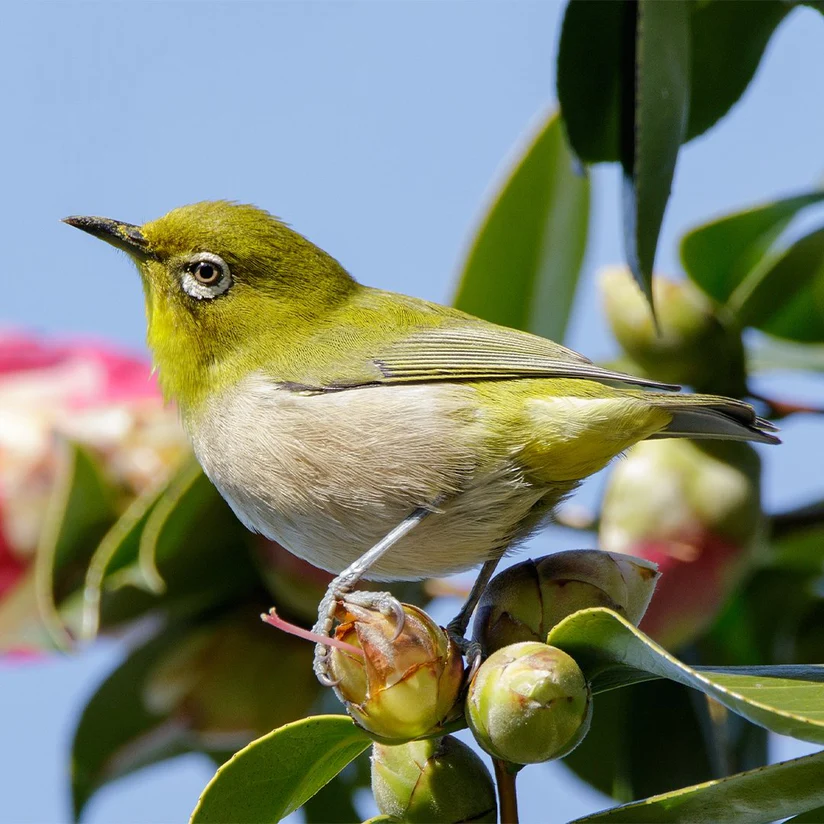
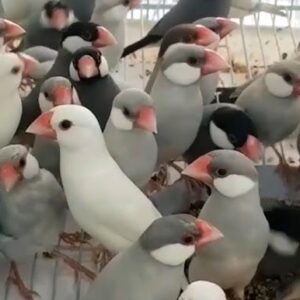
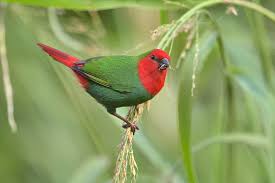
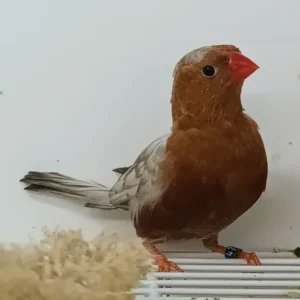
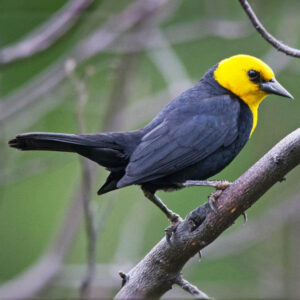
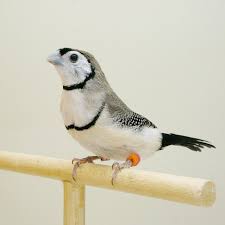
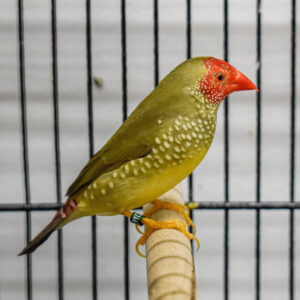
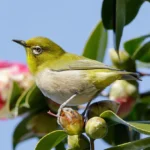
Reviews
There are no reviews yet